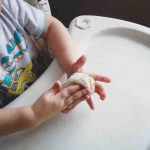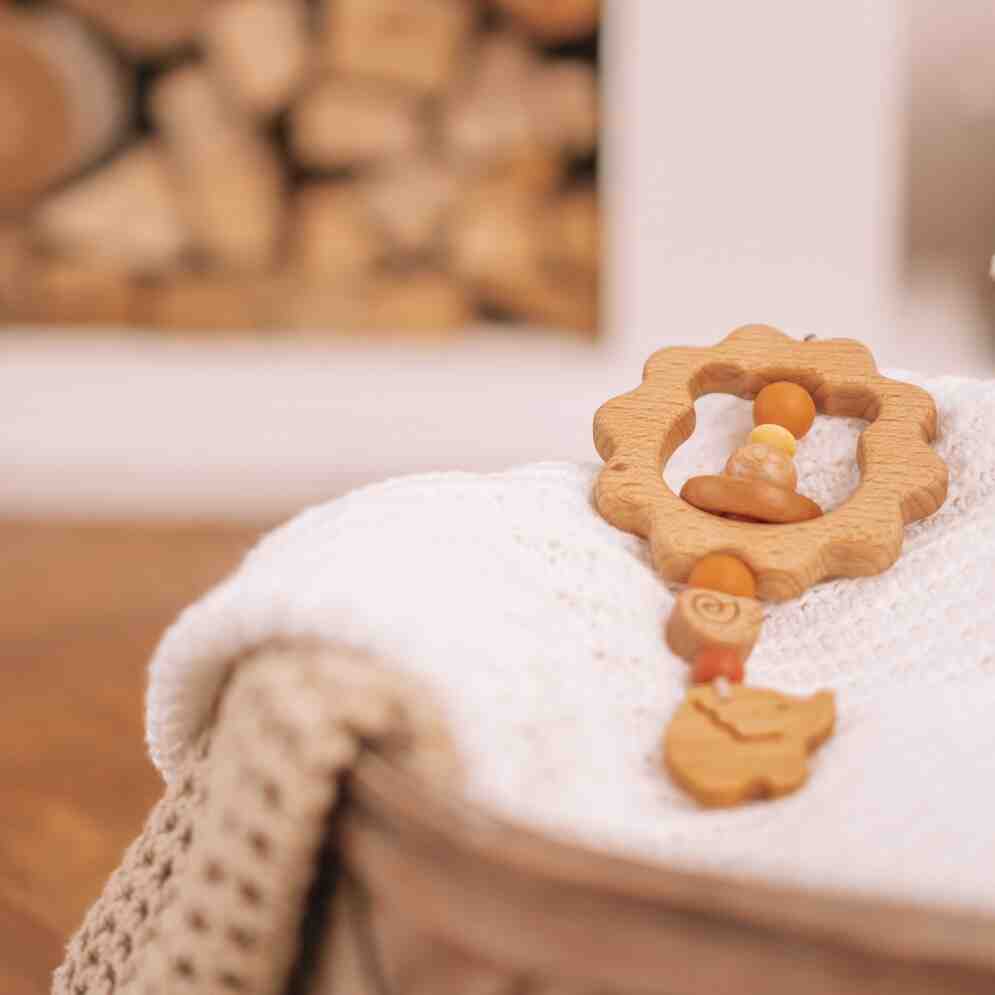Teething Pain Remedies Every Parent Should Know
Teething is a milestone in every baby’s development, but it’s not always a smooth ride. As your baby’s first teeth emerge, it can bring discomfort, pain, and restless nights for both your little one and you. The process typically starts between 4 to 7 months, though it varies from baby to baby. While teething is a natural part of growth, it can make your baby fussy and irritable, and it often leaves parents scrambling for ways to ease the discomfort.
In this article, we’ll explore effective remedies for teething pain that every parent should know to help soothe their baby during this challenging phase. From home remedies to over-the-counter solutions, we’ve got you covered.
1. Teething Toys: A Lifesaver for Teething Babies
Teething toys are one of the most popular remedies that can be used to help soothe your baby’s sore gums. These toys are designed to be chewed on, which can provide relief by massaging the gums and promoting the eruption of teeth. Many teething toys are made from soft, BPA-free rubber or silicone materials, which are safe for babies to bite on.
Some teething toys come with different textures to stimulate the gums and keep your baby engaged. You can find teething rings, teething keys, and even teething bracelets that your baby can wear. For additional relief, refrigerating or freezing these toys can provide an extra cooling effect that numbs the gums and reduces swelling.
2. Cold Compresses: A Natural Way to Soothe Swollen Gums
Cold has long been known to reduce inflammation and numb pain. Applying a cold compress to your baby’s gums can help provide immediate relief from teething discomfort. You can use a clean, soft washcloth or a piece of gauze, dip it in cold water, and gently apply it to your baby’s gums.
Alternatively, you can use chilled teething rings or even a cold spoon for the same effect. The coolness helps soothe the area, and the pressure from the compress can alleviate some of the discomfort your baby feels.
It’s essential to avoid placing ice directly on your baby’s gums, as it could cause more irritation or even injury. Instead, ensure that any cold items are used in moderation.
3. Gentle Gum Massage: A Soothing Touch
A gentle gum massage can work wonders to relieve your baby’s teething pain. Using clean fingers, lightly rub your baby’s gums in small, circular motions. This massaging action can help ease the pain by stimulating blood circulation and providing pressure to the sore areas.
It’s important to make sure your hands are clean before performing a gum massage. Babies are particularly sensitive during this time, and you want to avoid introducing any harmful bacteria into their mouths. Also, be gentle when applying pressure, as their gums are tender and still developing.
4. Chamomile Tea: Calming and Gentle Relief
Chamomile has long been used for its soothing properties, especially when it comes to alleviating discomfort and promoting relaxation. Chamomile tea is a natural remedy that may help calm your baby and reduce teething pain. While it’s important to consult with your pediatrician before giving your baby any herbal remedies, chamomile tea is often considered safe for babies older than 6 months.
You can brew chamomile tea and let it cool to room temperature. Then, use a clean washcloth to dip into the tea and gently rub your baby’s gums. The natural anti-inflammatory properties of chamomile can provide gentle relief and help your baby feel more at ease.
Alternatively, some parents use chamomile-infused teething toys or gels that are available in health food stores. Again, always check with your pediatrician to ensure it’s safe for your child.
5. Over-the-Counter Teething Gels: Temporary Pain Relief
Over-the-counter teething gels and ointments can provide temporary relief from teething pain. These products often contain mild numbing agents, such as benzocaine or lidocaine, which can numb your baby’s gums and ease the discomfort.
When using teething gels, it’s essential to follow the instructions on the product carefully. Always ensure that the gel is specifically formulated for babies and avoid using adult-strength formulas. Some gels also contain herbs or natural ingredients that can provide added relief, such as clove oil or chamomile.
However, while teething gels can be effective for short-term relief, they should not be used too frequently. It’s also important to note that some health experts advise against using gels with benzocaine due to potential safety concerns. Always consult your pediatrician before using these products.
6. Feeding: The Right Foods for Sore Gums
Feeding your baby can also play a role in soothing their teething pain. Soft, cool foods can help alleviate discomfort, while also offering some nutrition. If your baby is already eating solids, you can offer mashed fruits like applesauce or cold pureed pears. These foods are gentle on sore gums and may also provide a cooling effect if served chilled.
If your baby is still nursing or bottle-feeding, you can offer cool breast milk or formula. Some parents opt to freeze breast milk or formula in ice cube trays and then offer the frozen cubes in a mesh feeder. The frozen milk provides soothing relief, and the mesh feeder ensures that your baby won’t choke on the frozen pieces.
If your baby is starting solids, avoid hard or crunchy foods that might irritate their sore gums. Stick to soft, cool, and easy-to-eat foods to prevent added discomfort.
7. Pain Relievers: When All Else Fails
For extreme teething pain, some parents choose to use over-the-counter pain relievers, such as infant acetaminophen (Tylenol) or ibuprofen (Advil). These medications can help reduce inflammation and provide relief from pain, making your baby more comfortable.
Always consult your pediatrician before administering any medication to your baby. Make sure you follow the correct dosage based on your baby’s age and weight, as overuse of pain relievers can lead to side effects. Pain medications should be used sparingly and only when necessary, as they don’t address the root cause of teething pain, but simply manage the symptoms.
8. Distraction and Comfort: Offering Emotional Support
Sometimes, the best remedy for teething pain is simply offering your baby comfort and reassurance. Teething can be an emotionally challenging time for babies, so providing extra cuddles, soothing words, and gentle rocking can help them feel safe and secure.
Distraction is another effective method to take your baby’s mind off the discomfort. Engage your baby with their favorite toys, sing songs, or take a walk outside to help shift their attention away from the pain.
Conclusion
Teething is a temporary but challenging phase for both babies and parents. While it’s a natural part of growth, the discomfort can be overwhelming for little ones. Thankfully, there are many remedies available that can provide relief, ranging from simple home remedies like cold compresses and gentle gum massages to over-the-counter teething gels and pain relievers.
Every baby is different, so it may take some trial and error to find what works best for your child. Always consult your pediatrician before using any remedies or medications, especially if you’re unsure about the safety of a particular solution. With the right combination of soothing techniques, your baby will get through this teething phase with less pain and more smiles.





